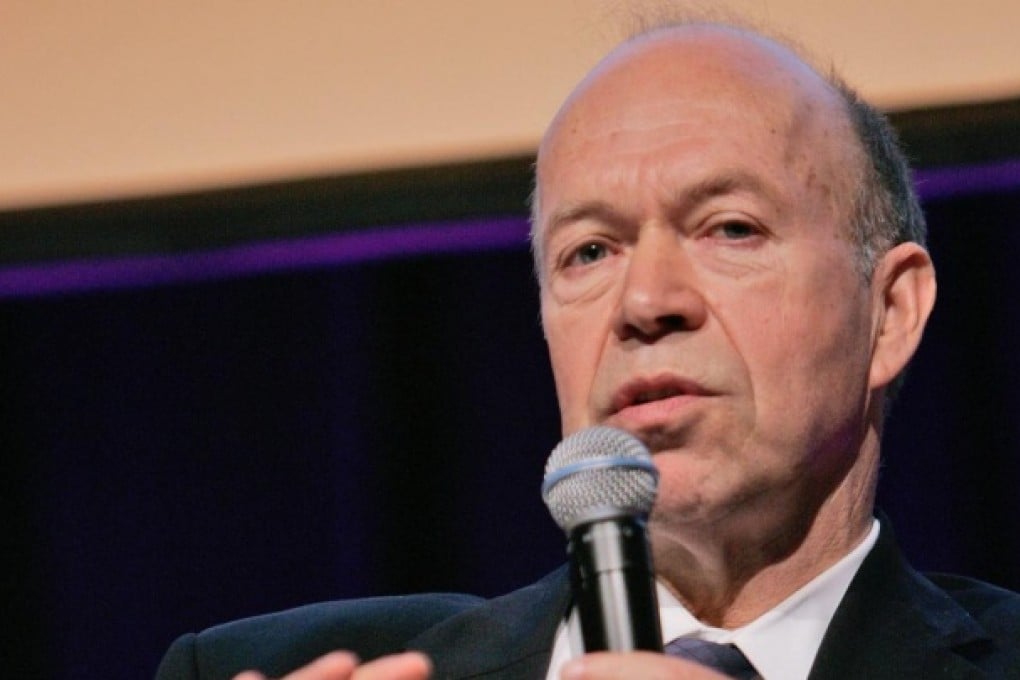Godfather of climate change retires to continue mother of all battles
Renowned Nasa scientist who first raised warnings of man-made global warming three decades ago wants to continue raising public awareness

This month, climate scientist Dr James Hansen retired as head of Nasa's Goddard Institute of Space Studies. Yet at age 72, instead of aiming for a leisurely life after work, Hansen plans to better focus his time on climate science, along with communicating the science and its policy implications.
It's an odd choice for a government scientist. But then, Hansen has long been a maverick, with a career that has taken him from investigating Venus' atmosphere, through studying and expressing concern about climate change, to being arrested for demonstrating against fossil fuel extraction and use.
In the late 1960s, Hansen received a Nasa graduate traineeship, leading to him spend more than 10 years studying Venus, which he proposed had an extremely hot surface due to its atmosphere trapping the sun's heat. He became involved in the Pioneer mission, but resigned to study the earth because, as he later wrote: "The composition of the atmosphere of our home planet was changing before our eyes… Surely that would affect the earth's climate."
By then, Hansen knew that carbon dioxide determined the climate on Mars and Venus. During another decade, he and a relatively small band of climate scientists showed that it was important here on Earth too, and rising emissions were likely causing rising global temperatures. In 1988, Hansen testified to a US senate committee, declaring that "It is time to stop waffling so much and say that the evidence is pretty strong that the greenhouse effect is here".
This marked a shift from scientists being tentative regarding the issue. The next day, a New York Times headline announced "Global warming has begun".
Hansen's confidence was based on studying the earth's energy balance, and "forcings" that disturbed the balance. There were nine major forcings in recent years. Two were entirely natural: fluctuations in solar brightness, and volcanic activity. The rest were human-induced, and included land-cover changes, aerosols that scatter and absorb sunlight, carbon dioxide, and other greenhouse gases.
There was already evidence from the earth's past that even small changes in forcings can, over time, lead to remarkably large effects. Small tilts in the earth's axis and shifts in its orbit could determine whether ice ages begin or end, with the sustained changes in sunlight leading to feedback mechanisms such as carbon dioxide levels rising and causing more warming, in turn resulting in more carbon dioxide being released.